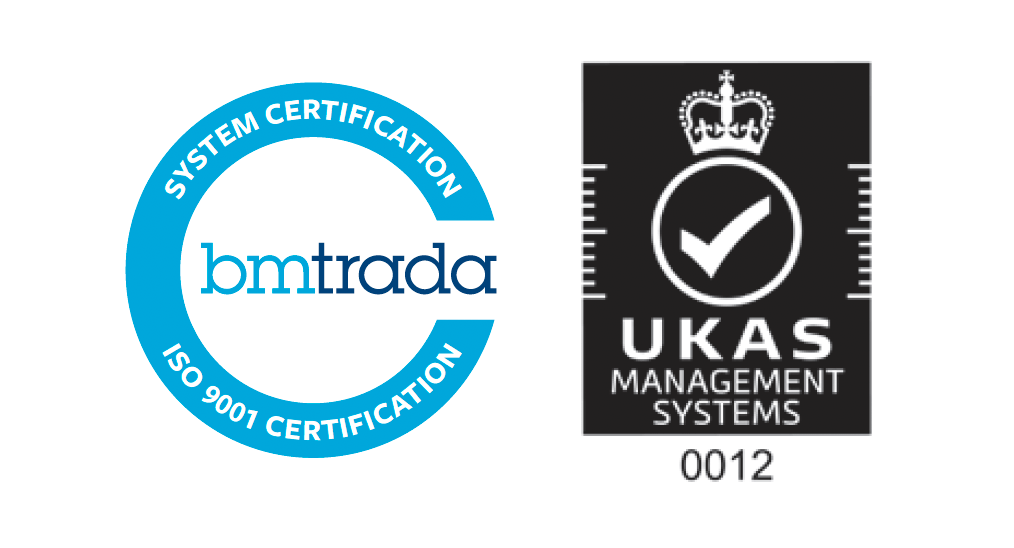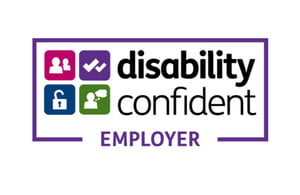Setting up NICE
“Are you sure you’re sure this will work?” Frank Dobson, who was Secretary of State at the time was asked this question at NICE’s launch in 1999. He replied probably not but that it was worth a try. He was joking of course, though he may also have been hedging his bets. Two decades on and most informed commentators would regard NICE as a success. But there was no guarantee of that at the beginning. There was both support and hostility from NICE’s stakeholders and it wouldn’t have surprised many people if it had stalled or even failed. So why did it survive – and thrive?
First, some important conditions existed that provided NICE with both a foundation and impetus in its early years:
- Clinicians in the UK were familiar with using evidence in their practice. The Royal Colleges and national professional organisations were already producing clinical guidelines. NICE was positioned as building on that tradition.
- Though there was scepticism about NICE, there was sufficient support amongst the leaders of the professional bodies that provided the new organisation with enough breathing space to demonstrate its purpose and approach.
- Through the 1990’s, the ‘postcode lottery’ in access to new drugs was the subject of widespread debate and concern. NHS organisations were using a variety of methods to decide whether or not to make new drugs available and the Government was under increasing pressure to find a solution.
- It had explicit political support at the highest levels. Tony Blair, as Prime Minister and Frank Dobson were both personally invested in NICE and provided it with critical support in its formative years.
- Finally, there was the prospect of a significant reinvestment in the NHS after a long period of austerity. More money would help access to new drugs but it needed to secure both better outcomes and value for money.
Second, NICE made some important decisions to leverage the modest initial funding made available the Department of Health:
- Much of the funding NICE received had been repurposed from grants previously given to the the Royal Colleges for clinical audit and guidelines development. NICE agreed with the Colleges to reinvest this money to produce guidelines, using its own methods and processes. This helped to bolster support from the Colleges and enabled access to professional systematic reviewers that it would otherwise have had difficulty in recruiting.
- Contracts were agreed with university health economics departments to undertake health technology assessments and later to review industry submissions to NICE’s technology appraisal programme.
- By using independent advisory committees, made up of clinicians, academics, patient advocates and some industry members, NICE was able to draw on a wide pool of expertise and experience.
Ultimately, NICE survived because it did something useful and it thrives because it continues to do so. It succeeded because although it challenged established wisdom, it worked with the grain in the use of evidence, and because it respected the needs and concerns of its audiences and acted on the constructive advice of its critics.


